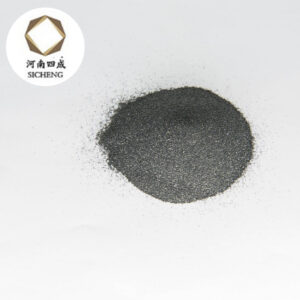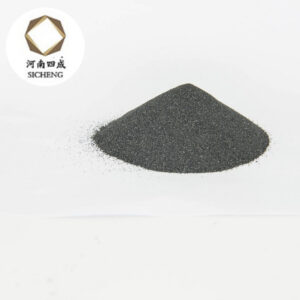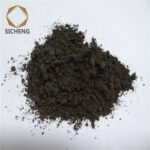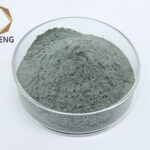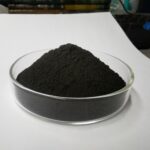Chromite can be used for metal casting due to several of its favorable properties:
- High melting point: Chromite has a high melting point, which allows it to withstand the high temperatures involved in the metal casting process. It can remain stable and retain its shape when in contact with molten metals, preventing deformation or damage to the casting mold.
- Good thermal stability: It exhibits excellent thermal stability, meaning it can endure rapid temperature changes without cracking or breaking. This is crucial in metal casting, as the mold is subjected to both high heat during pouring of the molten metal and subsequent cooling.
- Low thermal expansion: Chromite has a relatively low coefficient of thermal expansion. This property is important because it helps to maintain the dimensional accuracy of the casting mold. When the mold heats up and cools down, the low thermal expansion of chromite minimizes changes in its size and shape, resulting in more precise castings.
- Chemical inertness: It is chemically inert to many molten metals, which means it does not react with the metals being cast. This prevents contamination of the molten metal and ensures the quality of the final casting. It also helps to prolong the life of the casting mold by reducing chemical erosion.
- High density: Chromite has a relatively high density, which can be beneficial in certain casting applications. The high density can help in achieving better packing of the mold material, leading to improved surface finish and dimensional accuracy of the castings.


